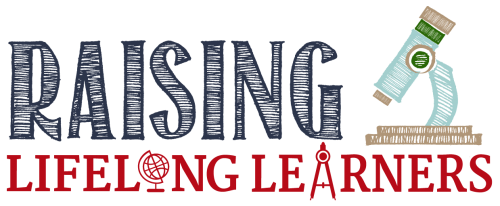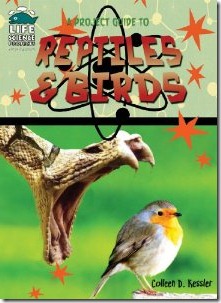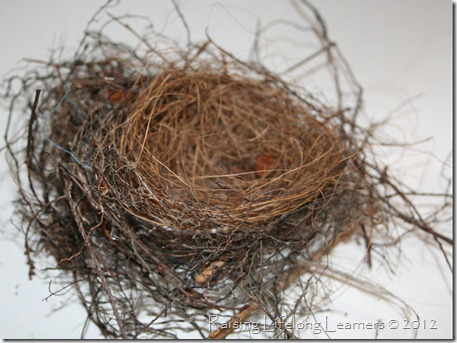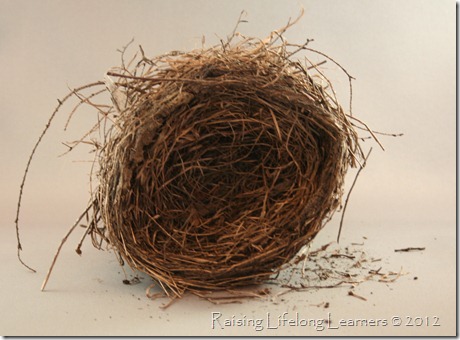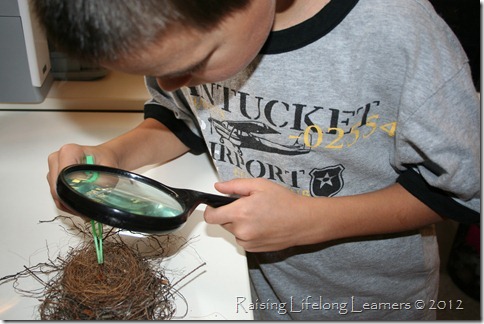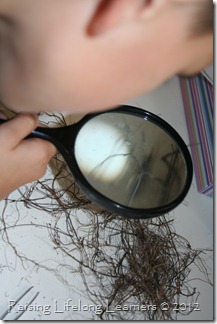Hands-On Learning: Bird Nests
In 2009 I wrote a book for Mitchell Lane Publishers called, A Project Guide to Reptiles and Birds. One of the best things about working on that book was its focus on hands-on projects, experiments, and activities integrated into what would otherwise have been a typical nonfiction book about the topic. Another great thing about writing that book and creating activities to include in it, was that my kids and I had to try all of the projects ourselves.
This forced-immersion into a topic I was researching created some birders and *possibly* a budding ornithologist. Winter, when the trees are bare and the birds have (mostly) left for warmer homes, is the perfect time to try this activity adapted from the book:
First, bundle up and go for a walk with your little scientists and look for an intact bird’s nest. Note that some counties have regulations about removing nests from parks and other public lands, so either stick to your own area, or know the rules – and take care not to disturb other wildlife.
Then, after you head home and warm up with some cocoa, observe the nest with your kids. Can you see the little bits of blue twine in ours? Use a hand lens (magnifying glass) or pocket microscope to look closer. What else can you see? Is there something holding it all together? What else is it made out of?
Let’s take a quick moment to talk about those observations you’re making with your kids… I believe that every kid should have a “science notebook” or “field journal” or sketchbook or whatever they want to call it. Science is everywhere, and anyone that questions and looks for answers is a scientist. Let’s use childhood’s natural tendencies towards curiosity to empower our kids to wonder about their world.
In fact, make your own science notebook and learn along with them. As you go for nature walks, stop sometimes to draw or write about your observations. While you’re checking out this bird’s nest, draw what you find, write down questions you have, wonder aloud (in writing) in the pages of your notebook, then on a rainy day or a library trip, open up your notebook and have your child do the same with theirs. Get books or search the Internet to find the answers to your questions. In short—be a scientist and encourage your kids to do the same.
Maybe it wasn’t really a “quick moment.”
Now, have your child take that magnifying glass and some tweezers or forceps and carefully dissect the nest.
Have him look closely at how the nest is woven or stuck together. Encourage him to note his observations in his notebook.
Talk about what you each discovered, then read some books about birds. Simple explorations with nature and books can provide much more powerful – and long-term – lessons for a child.
What kinds of things do you do to explore nature with your kids?
